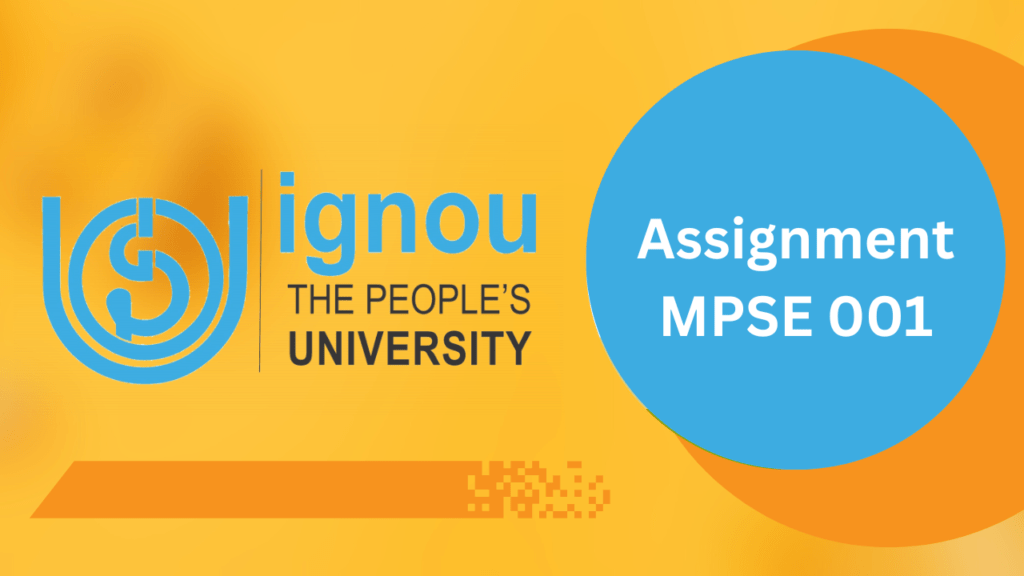Introduction
Historical linkages, economic and security cooperation between India and Central Asia.

India and Central Asia have shared a long-standing Historical Linkages, rooted in cultural and commercial ties that date back to the ancient Silk Route. This historical linkages forms the foundation for present-day interactions between the two regions. While India’s interests in energy, security, connectivity, and regional cooperation make Central Asia strategically significant, certain challenges and constraints hinder the realization of the full potential of India-Central Asia relations. In this essay, we will explore the historical linkages, economic and security cooperation, and propose measures to enhance this vital partnership.
Historical Linkages
Historical Linkages the ties between India and Central Asia have been shaped by their historical interconnections. From the 3rd century BC until the 15th century AD, the Silk Route served as a crucial route connecting India closely with Central Asia. Buddhism played a central role during ancient times, as Buddhist monks and scholars traveled to Central Asia to spread teachings and learn from local traditions.
Moreover, the influence of Central Asia on India can be seen in the lineage of many medieval Indian rulers, including the Mughals, who established a powerful empire lasting over three centuries. Following the disintegration of the USSR in 1991, the Central Asian countries emerged as independent states, and India was among the first countries to establish diplomatic Historical Linkages with them.
Economic Cooperation
Central Asia possesses abundant energy resources, including oil, coal, natural gas, and uranium. Kazakhstan, for instance, stands as the largest producer of uranium, while Uzbekistan boasts substantial uranium reserves. Given India’s dependency on energy imports, a strong Historical Linkages with these countries is crucial to bolster its energy security.
India has also made investments in various sectors such as agriculture, pharmaceuticals, IT, education, and healthcare in Central Asia. However, the bilateral trade between India and Central Asia stood at a mere $2 billion in 2019-20, far below its potential. Efforts must be made to diversify the trade basket, enhance connectivity projects, facilitate visa regimes, promote joint ventures and investments, and explore new areas of collaboration such as renewable energy, the digital economy, and healthcare.
To improve access to Central Asia, India has initiated connectivity projects like the International North-South Transport Corridor (INSTC). This project aims to establish rail and road networks connecting Mumbai with Bandar Abbas in Iran, further extending to Russia and Central Asia. India’s involvement in the Ashgabat Agreement, which seeks to establish a transport corridor linking Oman, Iran, Turkmenistan, Uzbekistan, Kazakhstan, and Pakistan, also highlights its commitment to enhancing connectivity in the region. Additionally, India’s support for the development of the Chabahar Port in Iran presents an opportunity to serve as a gateway to Afghanistan and Central Asia as Historical Linkages.
Security Cooperation
Countering violent extremism has long been a focus of India-Central Asia Historical Linkages. Joint counter-terrorism initiatives, such as the Tajikistan-India Joint Working Group on Counter-Terrorism, demonstrate the coordinated efforts between India and Central Asian countries.
India has also sought to bolster its security presence in the region by renovating military bases in Tajikistan, including the Farkhor Air Base and the Ayni Air Base. These bases provide strategic assets for India’s interests in Afghanistan and beyond. Furthermore, India has provided defence training and equipment to Central Asian countries, such as helicopters to Afghanistan and Kazakhstan, and military vehicles to Kyrgyzstan.
Active participation in regional platforms, particularly the Shanghai Cooperation Organization (SCO), is another aspect of India’s security cooperation with Central Asia. India became a full member of the SCO in 2017, alongside Pakistan, and has engaged with Central Asian countries to address security implications resulting from the evolving situation in Afghanistan. High-level meetings, such as the India-Central Asia Summit in January 2022, the ministerial-level meeting of Foreign Ministers in November 2021, and the first India-Central Asia meeting of National Security Advisors in December 2021, highlight India’s commitment to regional security.
Challenges and Constraints
While Historical Linkages and cultural ties form the foundation of India-Central Asia relations, several challenges and constraints exist that hinder their full potential. Some of these challenges include:
1. Geographical barriers:
India does not share a direct border with any Central Asian country, which necessitates reliance on transit routes through countries like Iran, Pakistan, or China. This reliance poses political and logistical hurdles.
2. Competition from other powers:
India faces competition from major powers such as China, Russia, Turkey, and Iran, which possess greater economic and political influence in the region. China’s significant investments in Central Asia through its Belt and Road Initiative (BRI), aimed at creating a network of infrastructure projects connecting Asia, Europe, and Africa, pose a particular challenge.
3. Lack of awareness and engagement:
India and Central Asia suffer from a lack of awareness and engagement at the people-to-people level. To foster mutual understanding and trust, there is a need to promote cultural, educational, tourism, and business exchanges between the two sides.
4. Divergent interests and priorities:
India and Central Asia may not always share the same interests and priorities on regional and global issues. For example, India has been critical of Pakistan’s role in supporting terrorism, while some Central Asian countries maintain cordial ties with Islamabad. Similarly, India has expressed concerns about China’s growing assertiveness in the region, while some Central Asian countries welcome Beijing’s investments and initiatives.
Measures to Enhance the Partnership
To overcome the challenges and constraints, India and Central Asia must take specific measures to enhance their partnership. Some of these measures include:
1. Expanding economic cooperation:
Diversifying the trade basket, enhancing connectivity projects, facilitating visa regimes, promoting joint ventures and investments, and exploring new areas of collaboration such as renewable energy, the digital economy, and healthcare.
2. Strengthening security cooperation:
Enhancing defence training and equipment, conducting joint exercises and drills, sharing intelligence and best practices, and coordinating on regional platforms such as the SCO.
3. Increasing cultural and people-to-people exchanges:
Facilitating academic scholarships, student exchanges, tourism promotion, media cooperation, sports events, and cultural festivals.
4. Developing a common vision and strategy:
Holding regular dialogues at various levels, building trust and confidence, respecting each other’s sovereignty and interests, and finding common ground on issues such as Afghanistan, terrorism, climate change, and multilateralism.
Conclusion
India-Central Asia relations have a rich historical foundation and promising future. Central Asia holds immense importance for India’s energy security, connectivity, regional cooperation, and strategic interests. While challenges and constraints exist, mutual efforts can address these obstacles. By expanding economic cooperation, strengthening security cooperation, increasing cultural exchanges, and developing a common vision on regional and global issues, India and Central Asia can unlock their full potential as partners in peace and prosperity.
Historical Linkages | IGNOU ASSIGNMENT |

